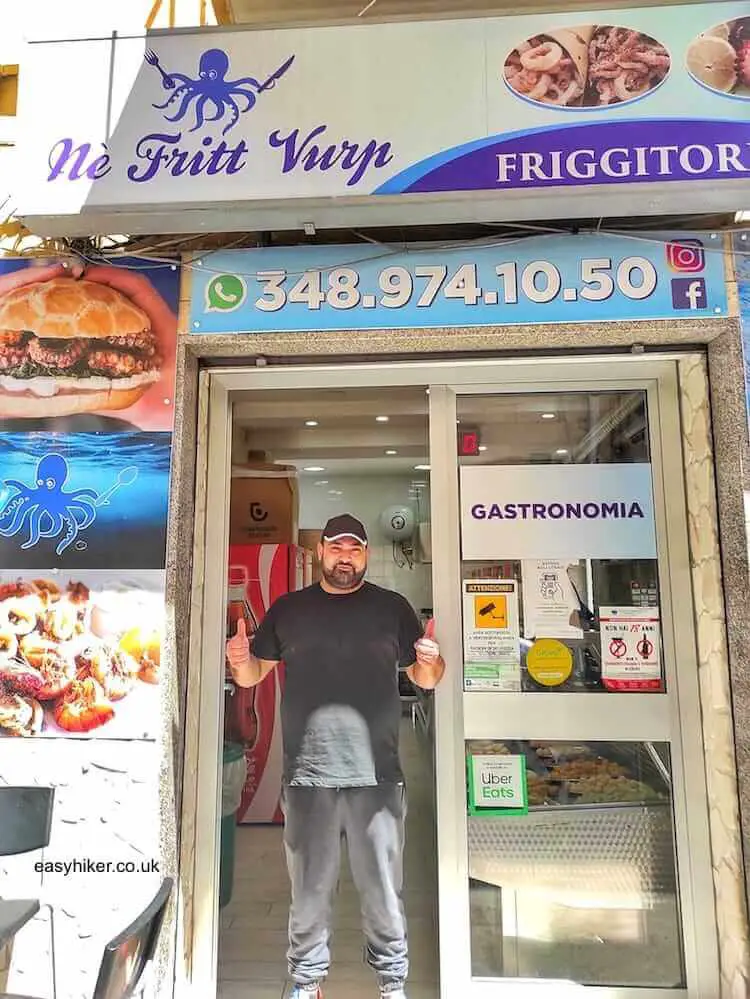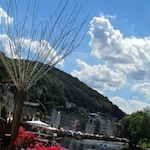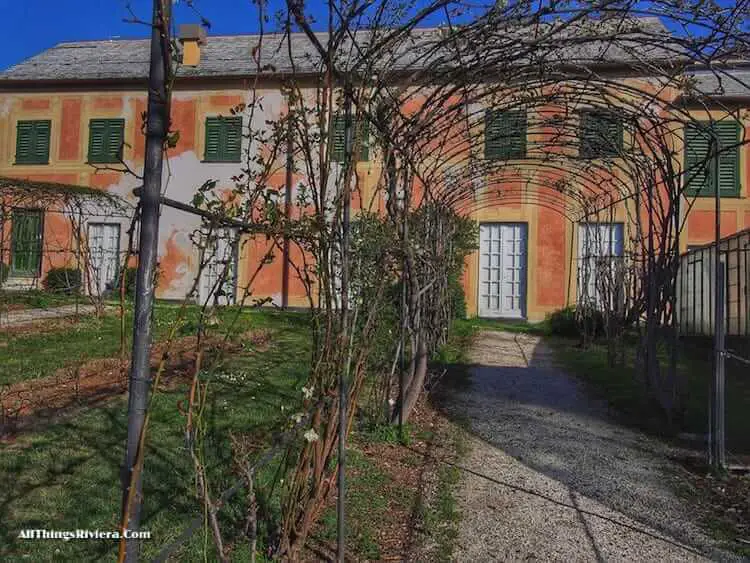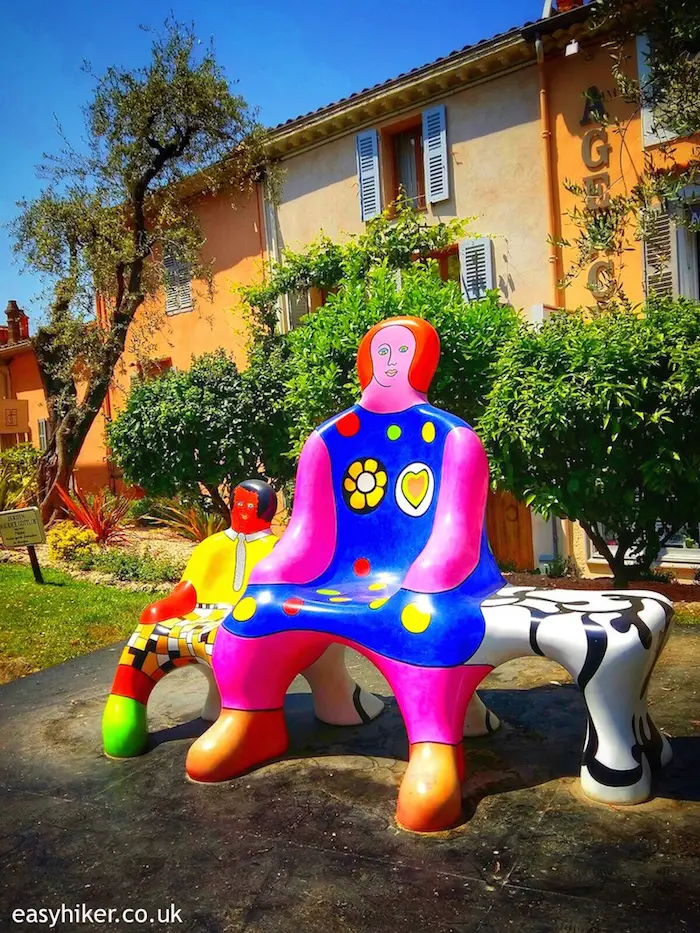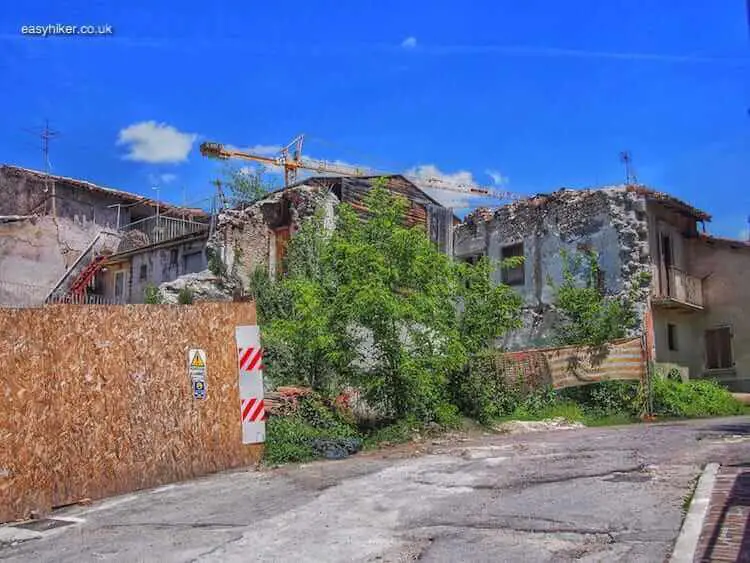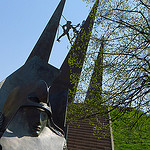Taranto is not one of Italy’s Instagram destinations. There are no grand piazzas lined by statues from Michelangelo and other artists whose names you may remember from high school, no scenic inland waterways that break up the sunlight into thousand shards of sparkle.
Taranto’s beauty is of a different order – and, on top of that, habitually photo-bombed by harsher realities that are lurking everywhere.

The city, named after the vast Gulf of Taranto and located in the spot where the heel of the Italian boot meets its sole, had been an afterthought to our travel itinerary: following our visit to Lecce, the centrepiece of our journey to Puglia, we still needed another stopover in the area to round things off. In the end, however, Taranto was pretty much the highlight of our entire tour.
Why do some city destinations make you feel so good about the world while others leave you let down and deflated?
Many of the truly “bad” destinations are simply over-engineered: everything that could affect the Instagram Experience has been carefully edited out, and you leave with a taste of processed food in your mouth, all the city’s natural flavours having been expunged and replaced by artificial sweeteners.
“Good” destinations, conversely, are still putting their own inhabitants first – while generously sharing everything with you that has earned them the love and the loyalty of the locals.
Good destinations come in many shapes and sizes, but the great cities of the Mediterranean are usually structured around variations of three themes: the sea, lush vegetation, and an interesting as well as lively old town – the glorious tricolore of the mare nostrum.

If you want to see what particular spin Taranto puts on these three themes, we recommend you follow us on three easy walks. These walks – roughly an hour each in length – will give you a taste of and, hopefully, for the place.
Let’s get down to the pretty-gritty of Taranto
We start in the south of Taranto’s Piazza Carbonelli with a walk down the local lungomare.

Every coastal city in Italy, of course, has such a seaside promenade, but Taranto’s is different as it is equipped with an additional “slow lane”: while the “highway” a good five meters above the shoreline is mainly used by cyclists and joggers, a parallel foot path a short stairway down is the better choice if you are not in a hurry.

Occasionally, there is even a third level to enjoy when an additional stairway leads down to the waterfront. In moments like that, Taranto looks at its best: “pretty-gritty”, scenic with a twist.

This slow lane appears to be more popular with the locals, too. Romantic moments, after all, are no less romantic when overseen by container ships and oil tankers.

One of the few spots in town where starker truths do not intrude on idyllic scenery are the gardens of the Villa Peripato.
This public park just north of the Corso Umberto I, one of the city’s main thoroughfares, was converted from a fruit orchard into a lush pleasure garden when the last descendant of the original owner’s family married a wealthy socialite, the Marquise Bonelli di Barletta, who was much more interested in delighting her aristocratic friends with colourful landscaping extravaganzas than in reaping annual harvests of lemons and oranges.

During the 20th century, many exotic plant species from all over the world and ornamental features were added …

… although the layout and the patterns of intersecting walkways were largely preserved.

The garden borders on the Mare Piccolo, the coastal lagoon on whose shores Taranto was built. The footpath that leads around the garden’s outer periphery therefore offers splendid views which make for a great spectacle, particularly late in the afternoon when the sinking sun shimmers through the treetops.

One of the things that make Taranto so interesting is its unique shape. Modern Taranto occupies the southern shore of the Mare Piccolo, but the growing city – the third largest on the Italian mainland south of Rome (only Naples and Bari are bigger) – has recently spread towards the west of the lagoon. In between these two parts of town, the Mare Piccolo opens up into the wider sea.
This opening, however, is partly covered by a small island that connects the town centre with the western suburbs via a pair of bridges.
This island is the home of Taranto’s Borgo Antico, an Old Town unlike any other in Italy.

What makes the Borgo Antico so special? For one, it is more even twisty and angled than all of the other old town mazes around the Italian peninsula.
The well-preserved street pattern of the Borgo was laid out by the Byzantines over 1000 years ago with the express purpose of slowing down the advance of hostile forces.

For another, the contrast between the poor condition of the overall urban fabric …

… and the architectural treasures of the Borgo is unusually extreme.
The polychrome marble interiors of the Cappellone di San Cataldo in the old cathedral would not look out of place on itineraries in Venice and Florence.

But when you walk out a few steps, you find yourself in the middle of a housing estate, which was built in the 1930s without much respect for its historical surroundings. This is not something that you would find in Florence or Venice.
Somehow, however, it is par for the course in Taranto, where stark realities always cast long shadows to throw any scenic beauty into relief.
The old town is also the place where to sample the local culinary specialty: mussels. It is within sight of the Borgo Antico in the Mare Piccolo where they are cultivated.

It is here where they are sold: in the fish market near Piazza Fontana …

… and where, finally, many of them are consumed, in the large number of restaurants along the port.
There is a wide choice of old town eateries, so which is the best for a dish of mussels? Questions like that are always best settled by consulting the locals – which is what Mrs. Easy Hiker did, turning directly to one of the fishermen who had just finished unloading their catch.
With a few words and choice gestures, he dismissed any thought of going to one of the fancy places that are lining the seaside and directed us instead to a small friggitoria one block away – called Ne Fritt Vurp – whose jolly owner served us cozze gratinate or mussels au gratin prepared according to an old family recipe.
This was the best thing we ate all holiday – and reason alone to visit Taranto. Thumbs up!
